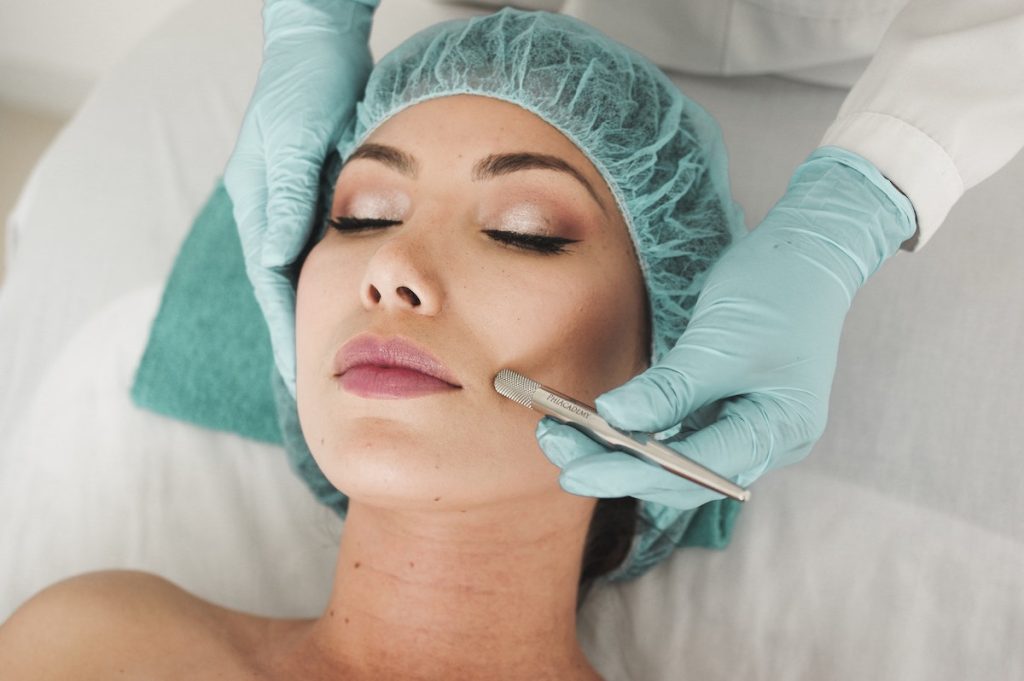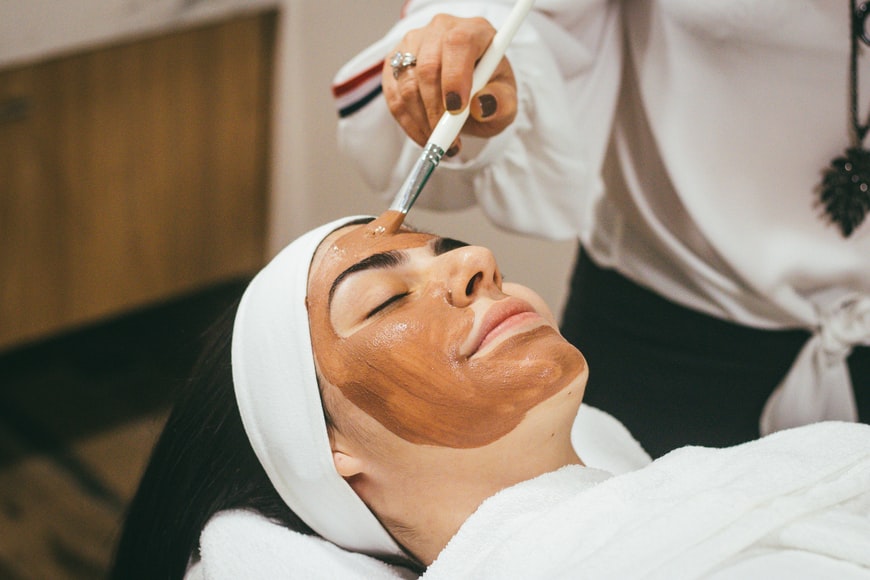Self-care is often associated with skincare routines, yoga, or meditation, but it extends far beyond what meets the eye. One aspect of self-care that is often overlooked is the management of lipomas, a common benign growth of fatty tissue under the skin. In this blog post, we’ll explore what lipomas are, how to manage them, and the importance of nurturing your overall well-being. While we’ll touch on surgical removal as an option, our primary focus is on holistic self-care to help you live a healthier, happier life.
Understanding Lipomas
A lipoma is a noncancerous, soft, rubbery lump that forms under the skin. These growths are typically slow-growing and can occur almost anywhere on the body. Lipomas are usually painless, but their presence can cause discomfort, both physically and emotionally. While they’re generally harmless, it’s essential to monitor them and, if necessary, seek medical advice for diagnosis and treatment options.
Managing Lipomas Holistically
- Dietary Considerations
Maintaining a balanced diet can contribute to your overall well-being and potentially impact the growth of lipomas. While there’s no specific diet proven to prevent or cure lipomas, focusing on a diet rich in fruits, vegetables, and whole grains while limiting processed foods and saturated fats can help promote better health. Drinking plenty of water and avoiding excessive alcohol consumption are also crucial for maintaining good health.
- Exercise Regularly
Exercise not only benefits your physical health but can also have a positive impact on your mental well-being. Engaging in regular physical activity can help manage your weight and reduce the risk of developing lipomas. Aim for a mix of aerobic and strength-training exercises to promote a healthy lifestyle.
- Stress Management
Stress can negatively affect your overall health and potentially exacerbate certain medical conditions. Practicing stress-reduction techniques such as meditation, yoga, or mindfulness can help you manage stress and improve your well-being.
- Skin Health
Though lipomas are primarily beneath the skin, maintaining proper skin health is crucial. Keeping your skin clean and well-moisturized can help prevent irritation and potential complications. It’s also important to monitor any changes in the appearance or size of the lipomas.
- Consult a Healthcare Professional
If you suspect you have a lipoma or are experiencing any unusual symptoms, it’s essential to consult a healthcare professional. A medical evaluation will help determine if the lump is, indeed, a lipoma or if further investigation is needed.
Surgical Removal of Lipomas
If a lipoma grows to a size that causes discomfort or aesthetic concerns, you may consider how to remove a lipoma. In such instances, surgical removal may be considered. The procedure, known as lipoma excision, is typically done by a dermatologist or a surgeon and involves the following steps:
- Local Anesthesia: The area surrounding the lipoma is numbed to ensure the patient feels no pain during the procedure.
- Incision: The surgeon makes a small incision over the lipoma.
- Removal: The lipoma is carefully removed through the incision.
- Closure: The incision is sutured, and the patient is provided with aftercare instructions.
While surgical removal is a viable option, it’s crucial to remember that this should be considered when necessary, and it should always be discussed with a healthcare professional. Self-care practices, as mentioned earlier, can help manage and prevent the growth of lipomas in the first place.
Nurturing Your Well-Being
Self-care goes beyond the physical aspects of our health. It’s about nurturing your well-being in its entirety. Here are some key aspects to consider:
- Mental Health
Taking care of your mental health is just as crucial as caring for your physical health. Seek therapy or counseling when needed, practice relaxation techniques, and maintain a support system of friends and loved ones.
- Emotional Well-Being
Emotional well-being involves acknowledging and understanding your emotions. Practice self-compassion, engage in hobbies you love, and express your feelings in healthy ways.
- Social Connections
Nurturing your social connections is a vital part of self-care. Spend quality time with family and friends, build new relationships, and engage in activities that promote a sense of belonging.
- Rest and Sleep
Adequate rest and sleep are essential for recharging your body and mind. Establish a consistent sleep schedule and prioritize getting enough sleep each night.
Conclusion
Self-care is a holistic concept that extends beyond skincare and superficial treatments. Managing lipomas is just one aspect of self-care that contributes to your overall well-being. By adopting a healthy lifestyle, seeking professional guidance when necessary, and nurturing your mental and emotional health, you can achieve a happier and healthier life. While surgical removal is an option, the focus should always be on comprehensive self-care practices that promote your well-being from the inside out. Remember, self-care goes beyond skin deep.




